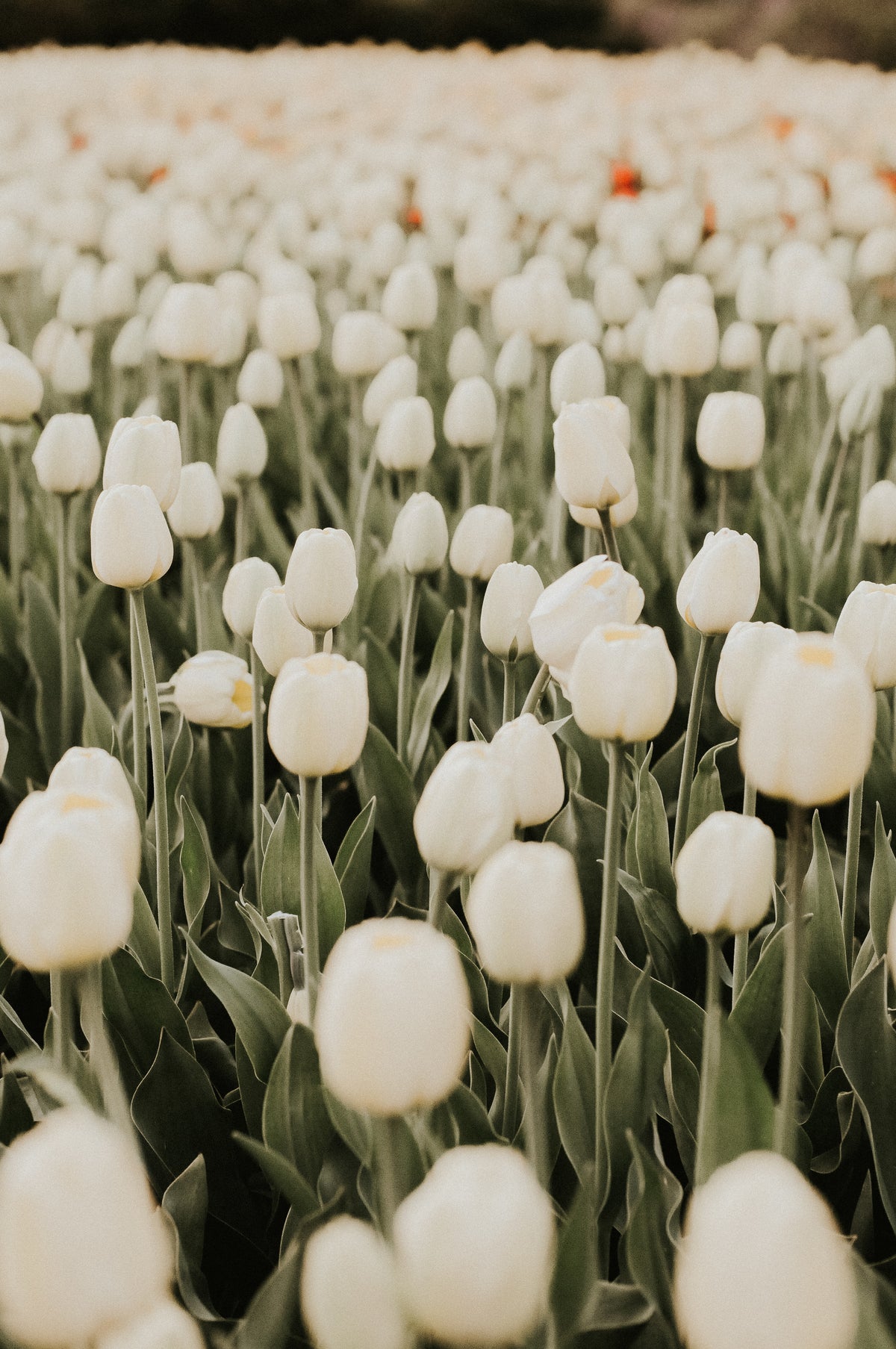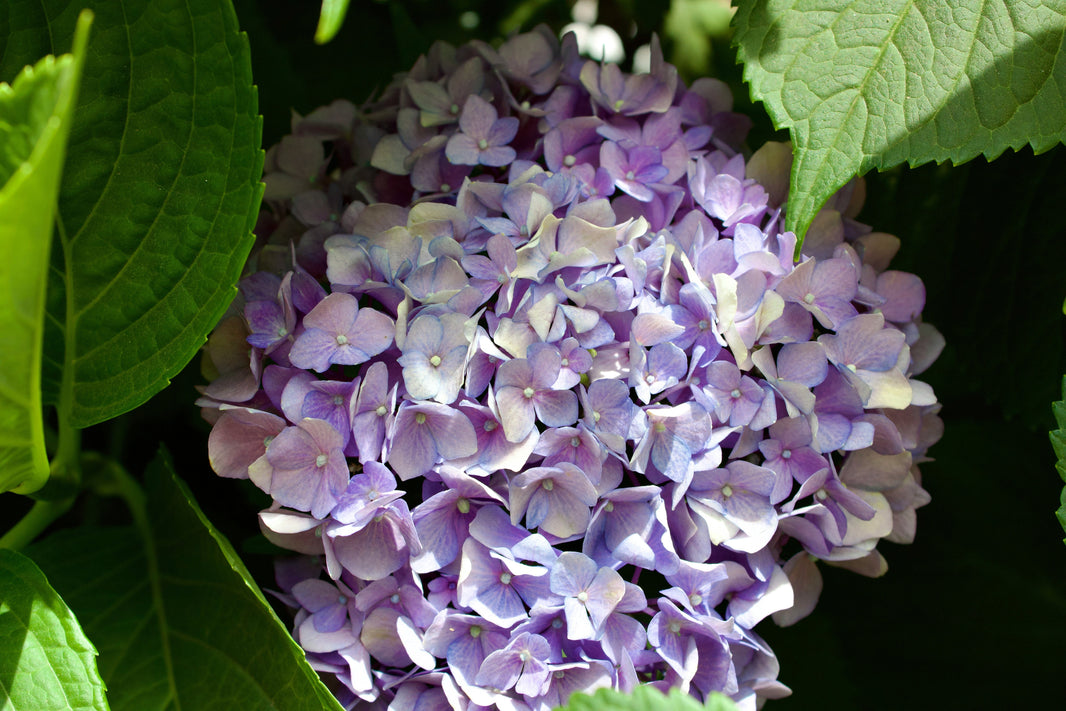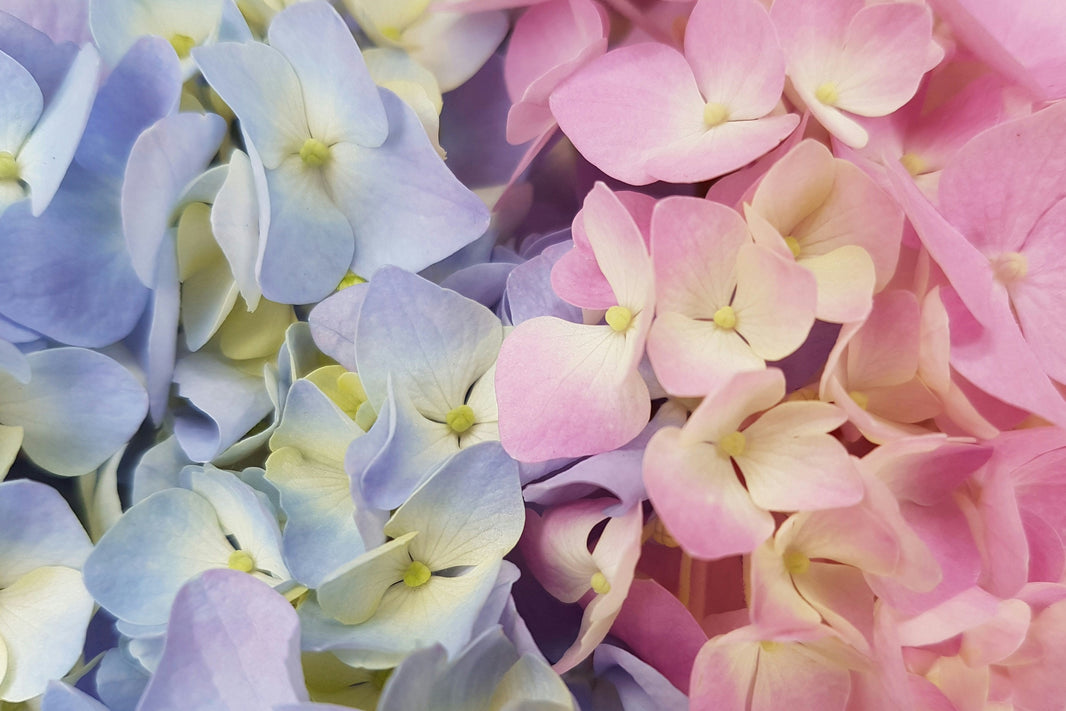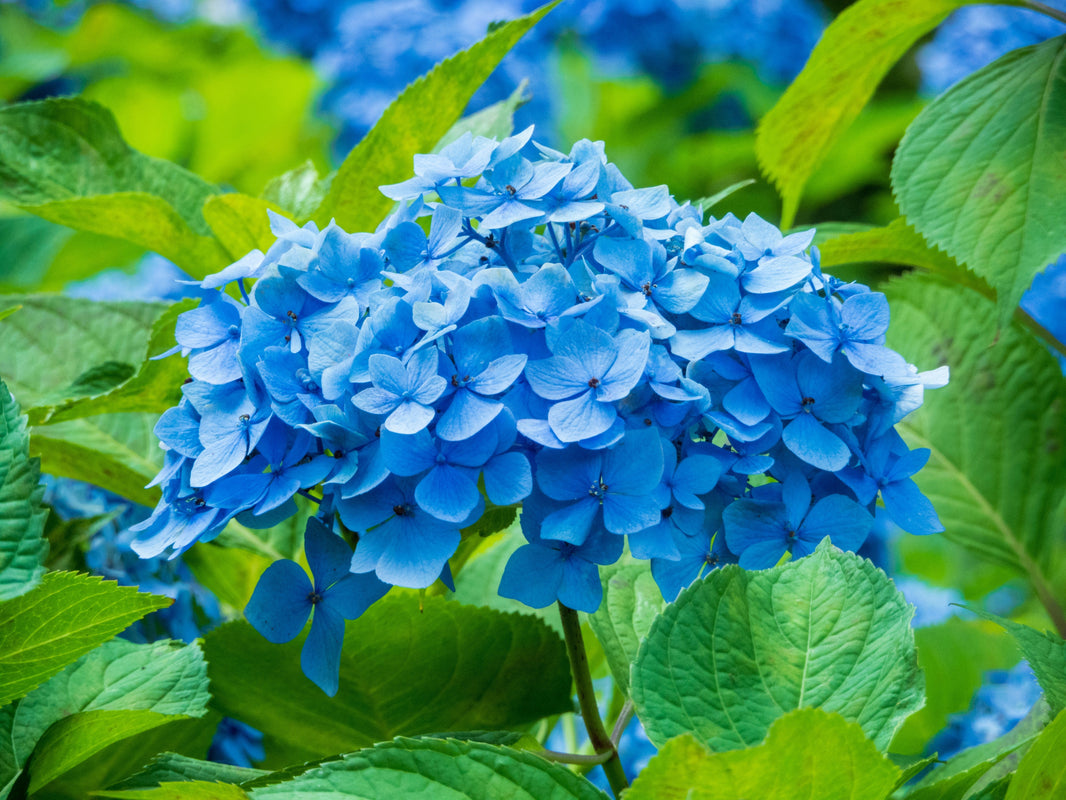Roses are undeniably the most iconic flower in the world. Their beauty, fragrance, and deep symbolism have cemented their place in the language of love, celebration, and admiration. But despite their widespread appeal, you've probably noticed that a dozen roses can come with a high price tag. Why is that?
Understanding the factors that influence rose pricing requires looking beyond the bouquets you see at florists or grocery stores. It involves exploring the intricate process of rose production, the supply chain, seasonal trends, and market demand. Roses, while enchanting, are not as simple as snipping them from a bush and tying them with a ribbon.
From the careful cultivation of each bloom to the logistics of transportation, every step involves time, effort, and money. Florists, wholesalers, and farmers all play critical roles in bringing roses from fields to your hands. Along the way, costs add up, resulting in what some perceive as their "expensive flowers" reputation.
Roses are also a global commodity, heavily influenced by geographic production hubs and international trade. Some of the world's most coveted roses come from farms in far-off places like Ecuador and Kenya, and reaching these pieces of nature’s artistry into local markets involves immense coordination.
Additionally, holidays such as Valentine's Day and Mother’s Day create spikes in demand, further affecting rose pricing. When you factor in the labor, logistics, and fluctuating seasonal influences, the cost behind these flowers becomes much clearer.
This article explores why roses, especially by the dozen, carry premium pricing and how buying wholesale flowers can often be a more economical option. For those looking to make the most out of their floral purchases, plenty of insights and tips await.
By the end of this post, you'll have a greater appreciation for rose pricing and why choosing options like wholesale roses from places such as WholesaleFlowers.net could be your ticket to both savings and quality.
The Journey of Roses from Farm to Consumer
Every rose bouquet has traversed a meticulous and lengthy process before arriving in your hands. This seamless presentation hides the intricate steps behind the scenes that majorly impact rose pricing.
First, roses start their life on farms, often in regions recognized for exceptional flower cultivation. Ecuador, Colombia, and Kenya lead global production due to their optimal climates. These farms carefully cultivate roses with advanced greenhouse technology to ensure healthier, longer-lasting blooms. This meticulous farming comes with a cost.
Once harvested, roses undergo a grading process. Flowers are sorted by stem length, bloom quality, and overall appearance. The most premium roses fetch the highest prices, especially on the wholesale flowers market. Lower-tiered roses may head to grocery stores or budget retail chains.
Post-harvest, roses enter cold storage to preserve freshness. Temperature-controlled environments are essential to prevent blooms from wilting during transit. This process adds another financial layer because such refrigerated logistics are not exactly cheap.
The next step involves transportation. Roses require special handling, from being packed delicately into boxes to being flown across thousands of miles. Most roses are transported internationally via airfreight, and these extensive logistics add a significant portion to the overall price.
Once they arrive, wholesalers distribute these roses to florists and retailers. Florists then prepare them into bouquets while ensuring their own operational costs are factored into the final pricing. At each step, everyone within the supply chain earns their fair share, raising the final cost of your dozen roses.
For events or businesses looking for larger quantities, buying in bulk cuts out some intermediaries, often lowering the price per stem. Wholesale flowers allow customers direct access to the freshest blooms, which can significantly affect costs and quality.
By understanding this supply chain, you'll see why roses, cherished as they are, require a financial premium to match their physical and symbolic allure.
Seasonal Demand and Its Impact on Rose Pricing
Timing is everything in the floral industry, and this couldn't be more true when it comes to roses. Seasonal fluctuations significantly impact rose pricing, turning "expensive flowers" into a reality for buyers.
Take Valentine’s Day, for example. Known as the ultimate day for romance, the demand for roses – particularly red ones – sky-rockets in early February. Growers ramp up production months in advance to meet the demand but still, the limited supply often fails to keep up. The result? Prices rise for consumers.
Similarly, Mother’s Day is another holiday that dominates rose sales. Florists and retailers brace themselves for high-volume orders during this period, placing further strain on the supply chain. Seasonal demand pushes growers to adapt quickly, often hiking labor costs to meet tight deadlines.
The unpredictability of certain holidays also adds complexity. For instance, International Women’s Day in March is celebrated in many countries with flowers, including roses. Local spikes in demand during regional celebrations can indirectly affect broader pricing trends.
Out-of-season roses are even more costly to produce. Growers invest in climate-controlled greenhouses and specialized equipment to nurture blooms during their "off" seasons. These efforts result in higher production costs, which trickle down to buyers.
Wholesale flowers offer a respite for those looking to offset some of these seasonal fluctuations. Whether you’re buying roses in bulk for events or seeking reliable quality year-round, wholesale options typically offer better value than retail.
Ultimately, understanding seasonal demand helps savvy buyers plan purchases strategically, saving money without sacrificing quality.
The Role of Labor and Logistics in Rose Costs
Producing roses isn’t just a matter of planting them and waiting for blooms. There’s an immense amount of human effort involved at every stage. From the moment roses are cultivated until they reach your hands, labor plays a critical role in shaping rose pricing.
To begin with, farmers and agricultural workers are responsible for growing high-quality roses. This requires knowledge of soil conditions, pruning techniques, pest control, and more. Roses must also be checked for quality regularly, adding hours of labor across large farms. These efforts ensure the flowers meet market standards.
During peak demand seasons, farms often hire additional labor to keep up with orders. This surge in manpower increases operational costs, which ultimately reflect in the price you pay for a dozen roses. It’s not just about the flowers themselves but the people behind them.
Once harvested, roses are delicately handled to prevent damage. Workers carefully grade, sort, and pack the flowers based on factors like stem length and bloom size. Premium blooms are typically reserved for florists and wholesalers, justifying their higher price tags when compared to lower-grade roses.
The logistical challenges also play a massive part in determining costs. Transportation is tricky because roses are perishable and need to be kept fresh during transit. Refrigerated trucks and planes are used to maintain the quality of roses, but these cold-chain logistics quickly add up in terms of expense.
Customs, fees, and international trade regulations further complicate matters. With many roses being imported from countries like Ecuador and Kenya, navigating global shipping requirements entails costs, paperwork, and time. All these elements are considered when determining rose pricing.
From farm to consumer, an orchestra of human and logistical interactions ensures that your roses arrive in pristine condition. The expertise, careful handling, and precision required justify why roses can often be classified as expensive flowers.
Why Grocery Store Roses Seem Cheaper Compared to Wholesale or Florist Options
When you see inexpensive bouquets at a grocery store, it’s natural to wonder why florist or wholesale roses cost so much more. The pricing disparity often comes down to quality, sourcing practices, and how grocery stores present their flowers.
Grocery stores typically prioritize affordability over premium quality. To achieve this, they purchase roses in bulk at a lower grade than what wholesalers or florists would select. These roses may have shorter stems, smaller blooms, or shorter lifespans, which cater to budget-conscious shoppers instead of those seeking perfection.
At the same time, grocery store roses often lack the careful handling required to maintain peak freshness. Unlike wholesale flowers, which are stored and transported under stringent requirements, grocery store bouquets may have already spent significant time in transit before even reaching the shelves.
The difference in sourcing is another factor. Florists and wholesalers often work directly with farms, offering them better control over the quality and selection of roses. On the other hand, grocery stores rely on middlemen and distributors that prioritize quantity over quality to keep supply chains moving.
The pricing strategy is different too. Grocery stores use roses as loss leaders. This means they sell flowers at a lower margin or even at a slight loss to attract customers into their stores. While this benefits shoppers looking for cheap bouquets, it often comes at the cost of quality.
Another aspect is that florists and wholesalers typically include additional services, such as custom arrangements or flower care instructions, which add to their value. Grocery store flowers, in contrast, are pre-packaged and lack personalization, lowering their overall price point.
For customers looking for the best of both worlds - affordability and quality - buying wholesale flowers is a smart choice. Wholesale roses are fresher, carefully selected, and often bypass the layers of distribution that grocery store flowers go through.
When you compare the lifespan, vibrancy, and general aesthetic of grocery store bouquets to professional floral options, it’s easy to see why florist and wholesale roses carry a premium. Paying extra often translates into higher satisfaction and longer-lasting blooms.
The Quality Difference Between Wholesale Flowers and Retail Options
Wholesale flowers have earned a reputation as the go-to option for those valuing quality and cost-effectiveness. When compared to retail alternatives, the differences in freshness, longevity, and value are remarkable.
Wholesale flowers are fresher largely due to the streamlined supply chain. Unlike retail roses that may change hands multiple times before reaching customers, wholesale roses are sourced directly from farms and quickly distributed. This ensures the flowers are in prime condition when they arrive.
The longevity of wholesale roses is another standout feature. With proper care, these flowers last longer compared to retail options that might already be nearing the end of their vase life by the time you purchase them. For events or businesses needing flowers to look their best for days, wholesale is the way to go.
Another key difference lies in the grading process. Wholesale flowers are typically sorted into higher grades, reserving only the best blooms for sale. Retail outlets, especially budget-friendly ones, may sell roses that didn’t meet the top-tier criteria. This subtle difference speaks volumes when it comes to overall appearance.
Wholesale flowers also offer better value. While the upfront cost of buying in bulk can seem higher, the cost per stem is much lower than purchasing individual retail bouquets. This makes wholesale roses particularly appealing for weddings, large celebrations, or businesses requiring recurring floral arrangements.
When it comes to options, wholesalers provide a wider variety of colors, sizes, and rose types. Retailers often stock a limited selection to cater to casual buyers. If you’re looking for rare or exotic rose varieties, wholesale suppliers have the upper hand.
For anyone prioritizing sustainability or ethical concerns, wholesale suppliers are often more transparent about their sourcing practices. Many have direct relationships with farms that follow eco-friendly methods and fair labor practices.
Choosing wholesale flowers is about more than saving money. It’s about investing in quality, freshness, and overall satisfaction – factors that set wholesale roses apart from their retail counterparts. WholesaleFlowers.net is an excellent example of a supplier offering outstanding quality that meets both personal and professional floral needs.
The Environmental and Ethical Considerations in Rose Farming
Rose farming, while a beautiful and rewarding industry, comes with notable environmental and ethical concerns. These challenges are significant factors in shaping rose pricing and are worth understanding to appreciate the true cost of these blooms.
The environmental footprint of rose farming is substantial. Roses are often cultivated in expansive greenhouses that require significant energy to maintain. Controlled temperatures, humidity, and light levels ensure optimal growing conditions, but this energy consumption contributes to the overall carbon footprint of rose production.
Water usage is another pressing issue. Roses are thirsty blooms; they need a considerable amount of water to thrive. This demand is especially concerning in regions with limited water resources. The diversion of water for agriculture can deplete local supplies, affecting both the environment and nearby communities.
Pesticides and fertilizers used in rose farming also raise environmental concerns. While they protect crops from pests and diseases, they can harm soil health and pollute local water systems. Many large-scale rose producers now implement integrated pest management and organic methods to address these risks, but these eco-friendlier solutions often come with higher costs.
On the ethical side, fair labor practices are crucial. Workers in countries where roses are predominantly grown often face challenging conditions. Wages, hours, and safety standards can vary widely, and ensuring fair pay and better working environments is crucial. Ethical farms that comply with fair trade certifications usually have higher costs, which are passed on to consumers.
Sustainable rose production is growing in popularity as more buyers prioritize environmentally friendly options. Farms that adopt eco-conscious practices, such as recycling water or using renewable energy sources, set themselves apart. These efforts, of course, contribute to rose pricing but provide peace of mind for conscientious customers.
By choosing wholesale flowers from reputable suppliers, you’re more likely to support farms that uphold ethical and sustainable practices. Wholesale providers often have direct relationships with growers, ensuring transparency in sourcing and allowing buyers to make more informed decisions.
Understanding how environmental and ethical factors influence the production of roses helps us see the bigger picture behind their pricing. Opting for responsibly sourced roses supports a greener, more equitable industry.
How Rose Pricing Fluctuates During Holidays Like Valentine’s Day
Holidays like Valentine's Day and Mother’s Day bring joy to many, but they also come with steep increases in rose pricing. These fluctuations are largely driven by a surge in demand, temporary labor costs, and logistical challenges during these peak periods.
Valentine’s Day, for instance, is synonymous with roses, particularly red ones symbolizing love and passion. Every year, florists, wholesalers, and retailers brace themselves for this day, knowing that millions of people will purchase roses within a narrow time frame. To meet this demand, rose producers begin preparation months in advance, which often involves additional labor and resources.
The sudden jump in demand also creates logistical bottlenecks. Growers, transporters, wholesalers, and retailers all have to work overtime to ensure roses reach consumers fresh and on time. From packing faster to arranging expedited shipments, every step in the supply chain becomes more costly, further spiking rose prices.
Wholesale flowers are often less affected by this crunch, as they bypass typical retail markups. For event planners or savvy shoppers, buying roses in bulk from wholesale suppliers offers a way to offset these holiday-related price increases.
Mother’s Day, celebrated in many countries, is another holiday with significant pressure on the floral industry. Roses and floral arrangements become the go-to gifts, fueling skyrocketing demand. Similar to Valentine’s Day, the pressures of seasonal labor, expedited transport, and sourcing premium blooms drive up costs substantially.
Even Christmas and New Year’s celebrations can influence pricing in subtle ways. While roses may not be the centerpiece blooms during these holidays, they often supplement festive arrangements, keeping demand steady and prices stable.
Interestingly, the cost of roses also reflects their limited supply during these peak times. Producing roses outside of their natural growing season to meet higher demand requires sophisticated climate-controlled environments, which add to production costs.
Planning ahead can help customers avoid inflated prices. Purchasing wholesale flowers well before major holidays ensures access to fresh roses without the holiday premiums. WholesaleFlowers.net, for example, allows buyers to secure high-quality blooms for events and celebrations without breaking the bank during peak times.
Ultimately, understanding the holiday-driven pricing patterns empowers consumers to make smarter choices and seek out budget-friendly options that don’t compromise on quality.
The Benefits of Buying Roses in Bulk
For anyone organizing an event or seeking a consistent supply of flowers, buying roses in bulk offers a treasure trove of advantages. Beyond cost savings, bulk purchasing delivers superior quality and convenience, especially for large-scale celebrations.
Cost-effectiveness is the most apparent advantage. Buying wholesale flowers significantly reduces the price per stem. This is especially true when comparing the pricing of bulk orders with the cost of several small retail purchases. For weddings, parties, or corporate events, these savings can quickly add up.
Another benefit is the quality of wholesale roses. Since they are sourced directly from farms and delivered promptly, these flowers tend to be fresher and more vibrant compared to store-bought options. Their longer vase life makes them ideal for occasions where petals need to look their best for days.
Wholesale provides access to a staggering variety of roses. Whether you’re after classic reds, elegant whites, or rare hues like lavender or peach, bulk suppliers often carry shades and varieties not readily available in retail shops. This range of selection adds a level of personalization to floral arrangements, which is invaluable.
Convenience also plays a major role. Planning an event requires juggling countless details, and having a direct supply of roses simplifies the process. Wholesale suppliers like WholesaleFlowers.net take the hassle out of sourcing, ensuring you have the blooms you need when you need them.
Buying in bulk is also perfect for businesses. Whether it’s a hotel, a restaurant, or an office looking to maintain a consistent floral aesthetic, purchasing wholesale roses ensures reliable freshness and a steady supply at budget-friendly rates.
Additionally, purchasing roses in bulk makes logistical sense. Instead of managing multiple trips to retail stores or waiting on smaller deliveries, you can receive a single shipment of high-quality flowers tailored to your needs. This not only saves time but also reduces potential inconveniences.
For couples, event planners, and business owners, the advantages of buying roses in bulk extend far beyond just financial savings. It’s a straightforward way to achieve beauty, organization, and quality in one seamless choice. To explore these options further, check out WholesaleFlowers.net’s All Flowers section, where a variety of roses in bulk can be found at competitive prices.
How Wholesale Flowers Can Save Costs for Events and Businesses
Wholesale flowers offer an attractive solution for anyone looking to reduce costs without compromising on quality. Whether it’s a wedding, corporate event, or an ongoing business need, buying roses in bulk from wholesalers provides a level of financial and logistical ease that retail options cannot match.
One significant advantage is the reduced cost per stem. Wholesale flowers are priced lower than their retail counterparts because they bypass middlemen. Instead of purchasing small batches, which include additional markup at various distribution stages, you’re paying for flowers closer to their source.
For large events such as weddings or galas, this cost savings is especially appealing. Roses purchased from a florist or retail store can be prohibitively expensive when you need hundreds or even thousands. Wholesale flowers, on the other hand, make it possible to achieve breathtaking floral arrangements without exceeding your budget.
Businesses, too, benefit from buying roses in bulk. Hotels that use fresh flowers as part of their decor or restaurants looking to create a welcoming atmosphere know the importance of keeping floral budgets manageable. Ordering large quantities of wholesale roses delivers the quality they expect at a fraction of the price.
The reliability and consistency of wholesale flower suppliers are another compelling reason to choose them. Wholesale roses arrive fresh in large quantities, meaning planners and businesses can plan events or decorate their spaces with confidence knowing the blooms will last.
Logistically, buying wholesale also reduces headaches. Instead of coordinating multiple retail purchases or handling last-minute scrambling to find the right flowers, a single order from a wholesaler can provide everything needed in one go. With fresh, well-packed roses delivered to you, it’s a simple and no-hassle process.
WholesaleFlowers.net excels in providing event planners and businesses with top-quality wholesale roses that check both the affordability and freshness boxes. For anyone planning a large-scale floral display, turning to wholesalers is as much a logical choice as it is a cost-effective one.
Tips for Finding the Best Deals on Wholesale Roses
Finding the best deals on wholesale roses requires a combination of smart planning and knowing where to look. These tips will help you secure high-quality blooms at prices that fit your budget.
The first step is timing your purchase. Roses are typically cheaper in off-peak periods when demand is low. If you can schedule your event outside major holidays like Valentine’s Day or Mother’s Day, you’ll pay less for your flowers. Buying early is another strategy. Locking in orders well in advance often leads to better pricing and ensures you’ll have access to the best selection.
Choosing the right supplier is also key. Wholesale flower providers like WholesaleFlowers.net offer competitive pricing without sacrificing quality. Look for a supplier known for fresh, reliable products with transparent processes. A good supplier lets you browse a wide selection of roses in bulk while ensuring direct access to trusted farms.
Assessing the quality of flowers is essential when shopping wholesale. Request sample boxes before purchasing in bulk, especially if you’re planning a large event. This gives you the opportunity to evaluate freshness, stem length, and bloom quality to ensure they meet your expectations.
Comparison shopping is another crucial tip. Pricing can vary significantly between suppliers, so spend some time gathering quotes from multiple sources. Check for additional fees, such as shipping costs, and weigh these into your overall budget for a clearer comparison.
Join loyalty programs or watch for promotions. Many wholesalers offer discounts for recurring customers or seasonal sales that can trim expenses further. WholesaleFlowers.net, for example, frequently provides deals that make buying roses in bulk even more cost-effective.
Ensure you coordinate delivery dates carefully. Roses are a perishable product, so timing delivery correctly ensures maximum freshness. Work with your supplier to create a delivery timeline that aligns well with your event schedule.
Finally, consider purchasing complementary flowers alongside roses when buying in bulk. This not only enhances the variety of your floral arrangements but can bring additional savings through bundled discounts offered by many wholesalers.
By following these tips, you can secure affordable, high-quality wholesale roses perfect for any event or business need. Wholesale flowers can transform any space while keeping costs under control.
Roses have long symbolized love, beauty, and elegance, making them one of the most sought-after flowers for countless occasions. However, their high price often leaves buyers wondering why a dozen roses come with such a cost. From the complex supply chains to seasonal spikes in demand, the factors impacting rose pricing are extensive. Understanding this ensures you see value rather than just expense.
For those looking to mitigate costs, the benefits of choosing wholesale roses are undeniable. They’re fresher, more affordable, and available in larger quantities, making them perfect for weddings, celebrations, and businesses in need of constant floral displays. Wholesale roses allow you to achieve brilliance without breaking your budget.
WholesaleFlowers.net stands out as a reliable supplier that bridges the gap between quality and affordability. Their commitment to providing premium wholesale flowers ensures you never have to compromise when creating stunning arrangements. With a wide variety of blooms, they offer options for every need.
The smartest way to source flowers for large events or ongoing needs is to opt for roses in bulk. This simple choice translates to savings, convenience, and impeccable quality – everything you’d want from your floral experience.
Whether you’re planning a one-time celebration or need recurring floral solutions for your business, buying wholesale flowers guarantees a better return on investment. Make your next event or project truly unforgettable, not just in beauty but in its budget-friendly practicality.
Choose wholesale roses for your next arrangement and experience the difference in cost, quality, and appeal. Start your floral savings journey with WholesaleFlowers.net to unlock the world of beautiful, affordable roses that deliver on every front.






